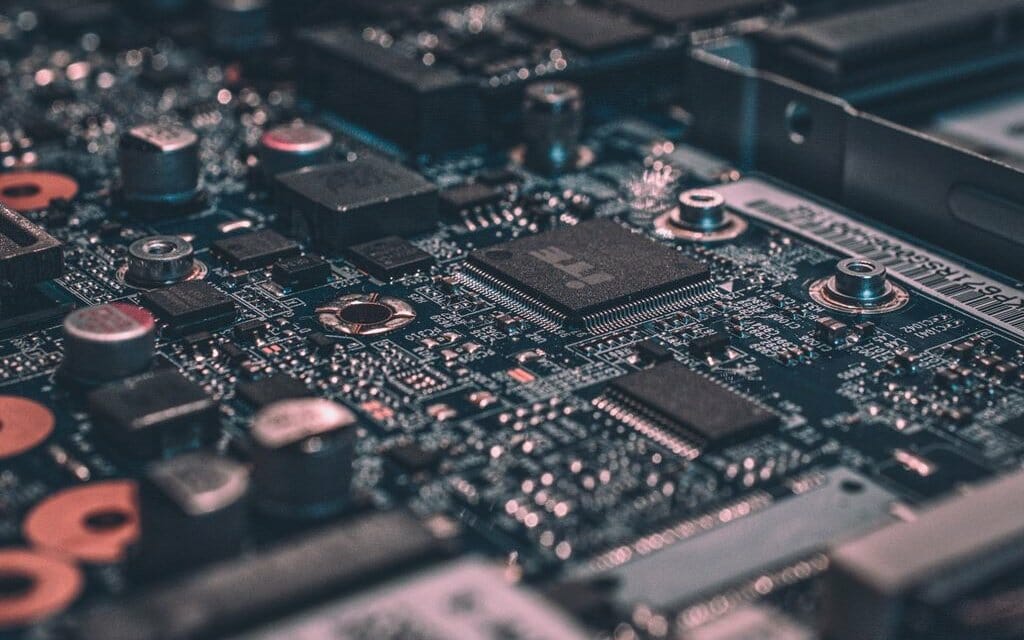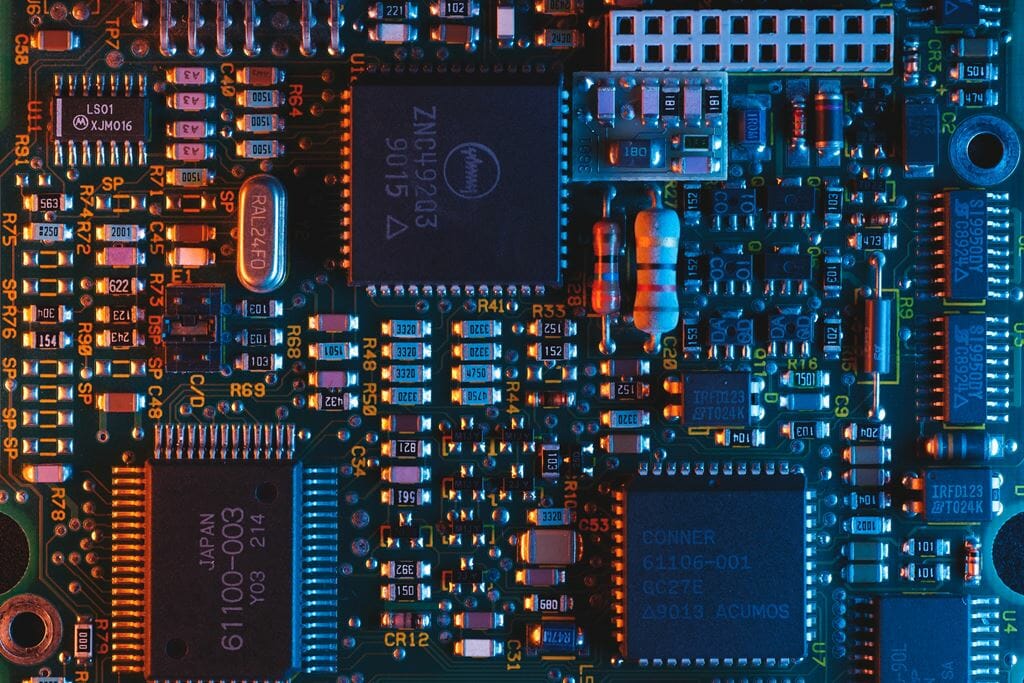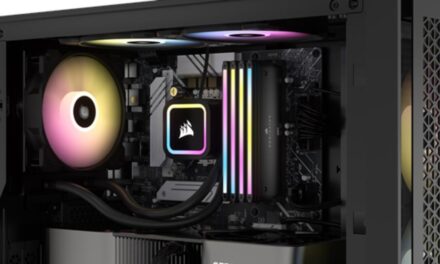With technological innovation growing at a quicker rate than ever before, we now live in a world where self-driving cars are a reality and drones bring things to our homes. Engineers and scientists all across the world are working hard to find new methods to make our lives easier, safer, and more efficient. New inventions, ranging from virtual reality interfaces to artificial intelligence systems that monitor our homes, are poised to transform the way we live, work, and play. Continue reading to learn about some of the most ingenious technologies that are going to change the world.
Smart Homes
A smart house is one that is outfitted with data-collection sensors and Internet of Things (IoT) devices that can be viewed and operated remotely via computers and smartphones. The aim behind this notion is to give homeowners more comfort and convenience when it comes to controlling the functions of their homes. Smart appliances, for example, can be configured to turn on and off automatically based on numerous criteria such as time of day or indoor climate.
Smart appliances are also designed to connect with one another, allowing them to collectively modify their settings based on the homeowner’s preferences and needs. A smart washing machine connected to the Internet, for example, may identify when your clothes are soiled and begin cleaning them for you. Or the system that provides essay writing help for the kids. Smart houses can also be outfitted with a range of sensors, such as leak and smoke detectors, and doorbells that can be accessed remotely via smartphones.
Virtual Reality Interfaces
VR is a computer-generated simulation of a three-dimensional environment that can be experienced visually or vocally. An interface in the context of VR refers to the system of hardware and software used to navigate VR content and control VR devices. VR interfaces, which are now in the prototype stage, are predicted to represent the next step in human-computer interaction progression.
A VR interface is made up of numerous sensors that detect hand motions and finger movements, such as a VR glove or sensor gloves, as well as a variety of VR gadgets that allow you to explore, select, and interact with computer material effectively.
Motion-tracking wands, joysticks, and hand-tracking gloves are examples of these technologies. In the future, VR interfaces will almost certainly be connected with voice recognition systems and artificial intelligence algorithms capable of anticipating the user’s wants.
Self-Driving Cars
Self-driving automobiles, also known as autonomous vehicles, are vehicles that can sense their surroundings, navigate, and avoid crashes without human intervention. Self-driving cars are projected to profoundly revolutionize our transportation system, increasing efficiency while decreasing the frequency of accidents caused by human error.
While self-driving cars are not yet generally available to the general public, prototypes are being tested in select cities worldwide. Autonomous vehicles are projected to be widely used in the near future.
Self-driving cars have the potential to not only make our trips more convenient and faster but also to drastically reduce pollution and improve traffic flow. Self-driving cars are predicted to reduce the incidence of fatal accidents caused by human error dramatically. Self-driving cars are also projected to increase the efficiency of public transit by allowing buses and other vehicles to be entirely automated. Furthermore, autonomous cars may be able to transport people and products to isolated regions that are difficult to reach by conventional means.
3D Printed Homes
3D printing, also known as additive manufacturing, is a process that involves adding material layer by layer until a 3D object is made. Earlier this year, a group of engineers and architects revealed plans to construct the first 3D printed homes on a Caribbean island damaged by hurricanes.
The team intends to employ a machine capable of producing 30-foot-long (9-meter-long) panels made of sand and local materials. The panels will be piled on top of each other to form the residences’ walls. This is intended to be the first initiative of its sort, paving the path for others to apply comparable technology to create temporary or permanent shelters in remote and disaster-prone places.
Artificial Intelligence in Everyday Life
Artificial intelligence (AI) is a type of technology that mimics human behavior such as learning, decision-making, and problem-solving. AI is already widely employed in a range of industries, including healthcare, banking, retail, and aviation.
The deployment of embedded AI systems in daily products is one AI breakthrough that is predicted to take off in the coming years. Embedded artificial intelligence systems are intended to do certain tasks, such as monitoring your home for intruders.
AI systems are likely to become increasingly intelligent and linked in the future years, allowing them to share data and insights with other AI systems. Significant advances have recently been made in the development of cloud computing, which is a distributed computing system built on top of high-speed Internet networks. Such advancements may enable AI systems to process ever-increasing volumes of data.
Conclusion
The future is a thrilling place, and the advances covered in this article are only the tip of the iceberg. Engineers and scientists are working on a variety of other technologies, such as carbon-free energy sources and life-extension medications, that could have an equally big impact on our world. In the future years, we can expect to see an increase in the number of breakthroughs, and it will be thrilling to see what new technologies emerge to transform the way we live, work, and play.
















